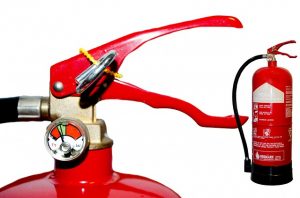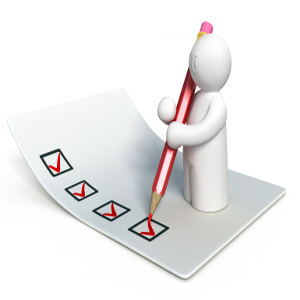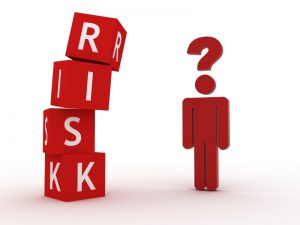 These days, cyber attacks against businesses are a daily occurrence. This crime poses a significant threat to firms that have a “bring your own device” (BYOD) policy, allowing employees to use their personal mobile devices – such as tablets, smartphones, and laptops – for company business.
These days, cyber attacks against businesses are a daily occurrence. This crime poses a significant threat to firms that have a “bring your own device” (BYOD) policy, allowing employees to use their personal mobile devices – such as tablets, smartphones, and laptops – for company business.
This eliminates the cost of providing these devices to employees who are away from the office, raises productivity by streamlining the flow of information, and allows real-time employee response to client needs. On the other hand, a BYOD policy creates serious information security risks.
Companies have significantly less control over employees’ devices than over in-office technology – which makes it easier to hack them. More and more workers are storing data from their devices in ‘the cloud” (one study found that among the 89% of young employees who use personal cloud storage, 70% are storing work-related files, while 33% store customer data there). What’s more, according to the FCC, roughly one in three robberies involve mobile phones, and criminals often target laptops and tablets.
The result: it can be easy for hackers and thieves to target corporate data and confidential client information on your employees’ devices, leaving you open to expensive litigation and negative publicity.
To reduce this exposure, risk management experts recommend that your IT department educate employees on the vulnerabilities of their devices and provide the resources to protect them by:
- Adding auto-locks on all devices that can disable them if stolen.
- Making sure device are stored in a safe place at all times.
- Recommending passwords that combine letters, numbers and symbols.
We strongly encourage you to purchase cyber liability insurance as a safety net that can help you prevent hacking and minimize its financial and reputational costs to your company.
To learn more, feel free to get in touch with our risk management specialists at any time.
 What 2016 New Year resolutions are your making for your company? Consider hiring an internal control consultant to help you reach your goals.
What 2016 New Year resolutions are your making for your company? Consider hiring an internal control consultant to help you reach your goals.





 Unpaid internships can be a great win-win solution for business looking to attract new talent and students interested in getting some real-world work experience. But unless you’re careful in how you structure and manage your internship program, you could run afoul of labor laws and find yourself facing some hefty fines. The Department of Labor offers this six-point test to make sure your unpaid internship stays on the right side of the law:
Unpaid internships can be a great win-win solution for business looking to attract new talent and students interested in getting some real-world work experience. But unless you’re careful in how you structure and manage your internship program, you could run afoul of labor laws and find yourself facing some hefty fines. The Department of Labor offers this six-point test to make sure your unpaid internship stays on the right side of the law:






